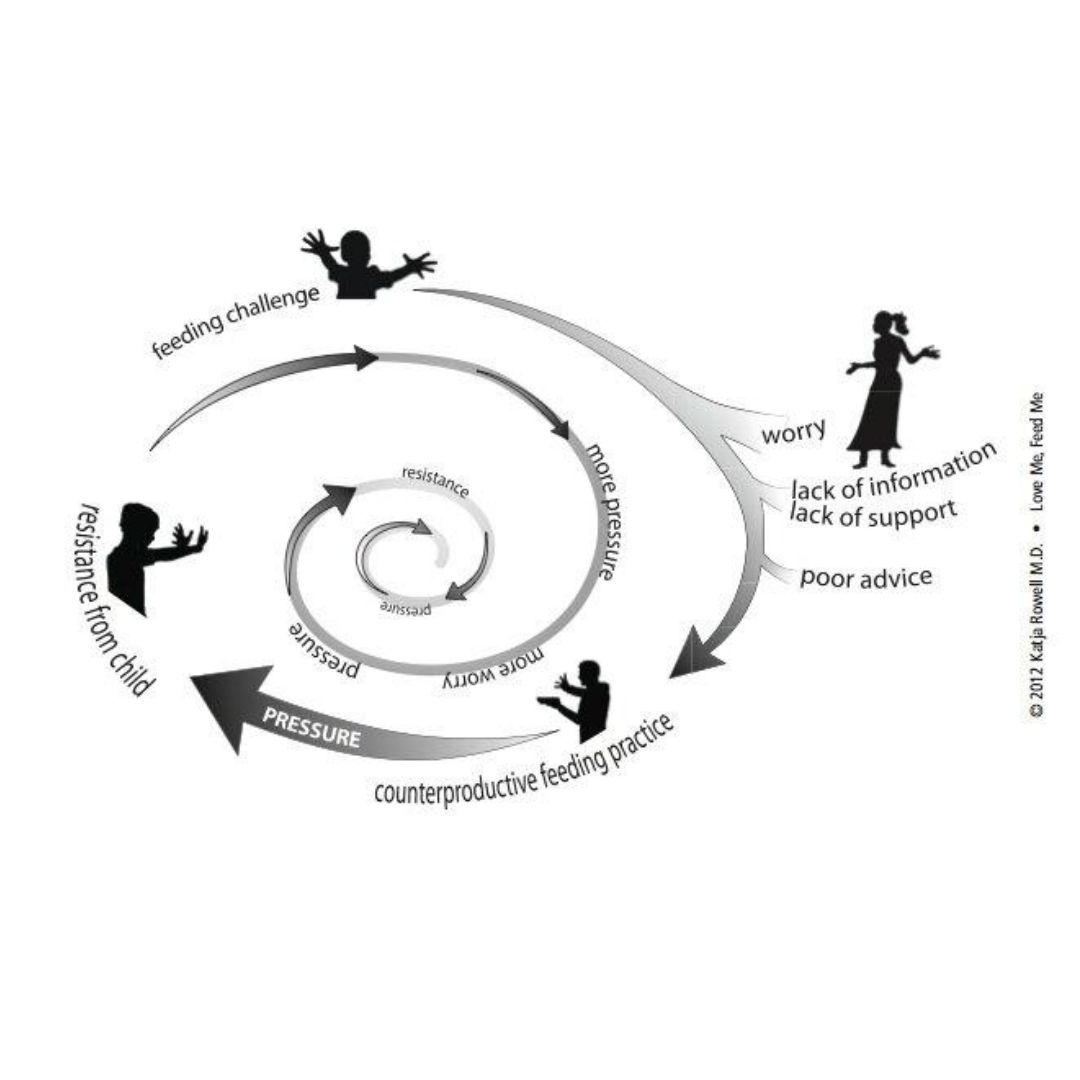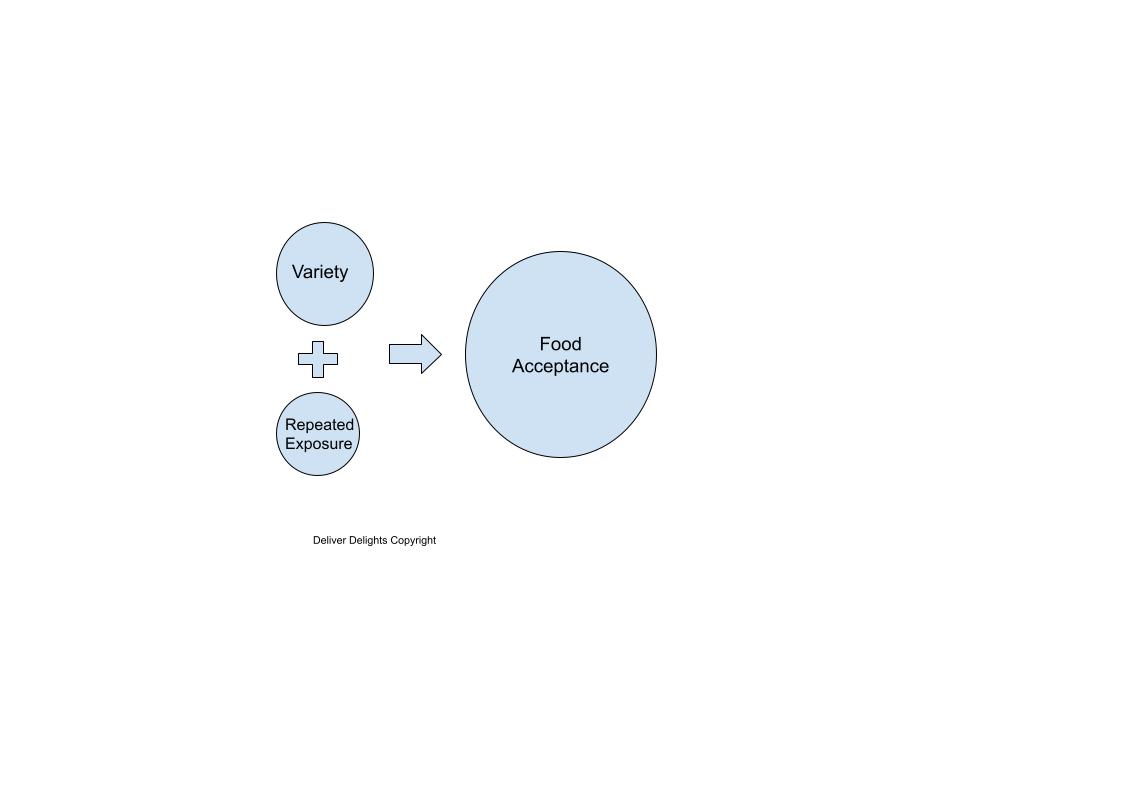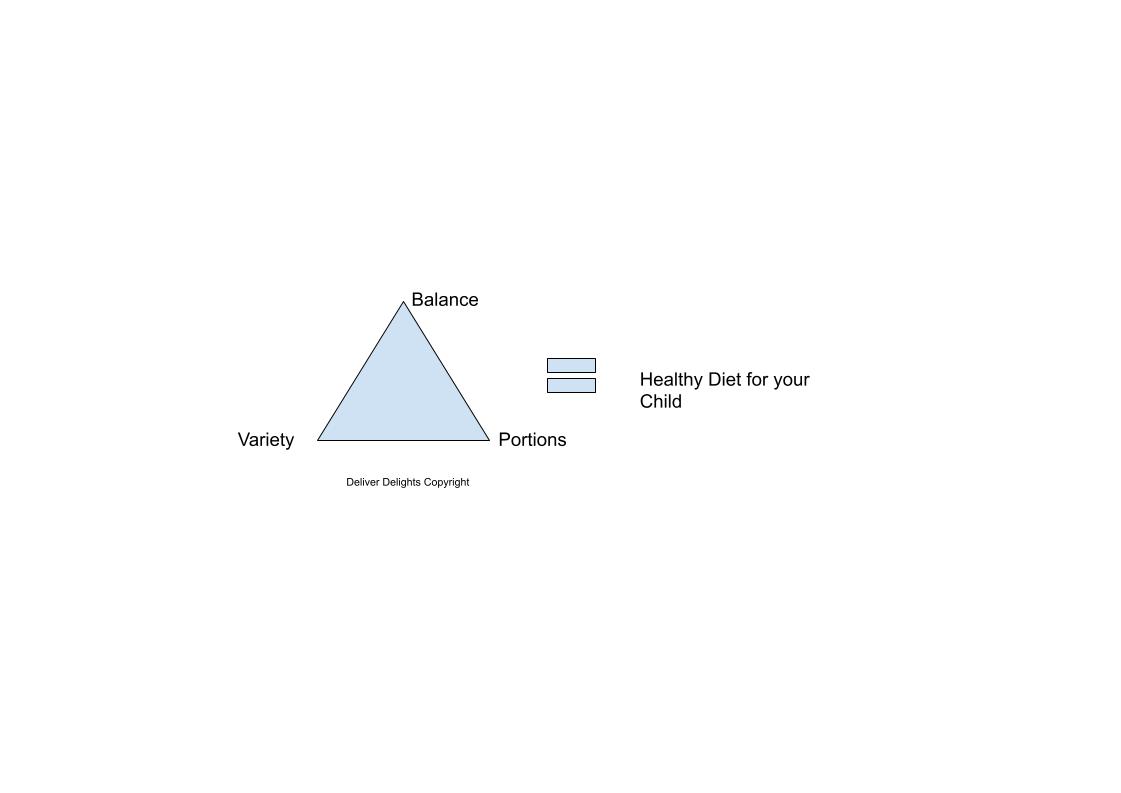How to Handle a Picky Eater? | Practical Tips for Parents – Expert Advice
Are you also struggling to make the right food choices for your child? Well, Picky Eating and its complications can catch any young parent by surprise, creeping up over time, and stealing the joy of feeding your child.
Helping your child try new foods is one parenting obligation you need to fulfill to successfully raise a happy, healthy child.
You need to know !
– If you have high expectations for your child’s adventurous spirit around food, you may find yourself disappointed. Picky eaters can be disappointing and worrisome.
Let’s be real !
These feelings- guilt, shame, frustration, fear, anxiety, and embarrassment- show up in your day-to-day reality. And they can negatively affect your feeding interactions.
When you seek help for picky eating, you will hear:
Two primary pieces of advice:
- One response is to wait until your child grows out of it, and the
- Second is to take action and somehow make your child eat.
You need to know there is a third piece of advice, too. One that encourages you to be a positive, tuned-in parent so that your child not only tries new food but also develops healthy eating habits for life.
Before , We start handling a picky eater we should delve into the depth of it.Let’s discuss !
What’s Picky Eating?
Picky eating, also known as fussy, daddy, finicky, or choosy eating. It is characterized by an unwillingness to eat familiar foods or to try new foods, as well as strong food preferences severe enough to interfere with daily routines to an extent that is problematic to the parent, child, or parent-child relationship.
Picky Eating commonly reveals itself between the ages of two and six. During this period, children may refuse new foods, get stuck on their favourite foods, and even be fearful of foods they don’t recognize. This typically gets into eating less food, having quite a bit of repetition in the diet, and the onset of mealtime battles.

Why is it so challenging to introduce New Foods?
It’s no surprise that an unwillingness to try new foods is frustrating for parents. Kids need a familiarization period. This takes time, consistency, and persistence.
How you introduce new foods is critical. Why? Because how you feed can help or hinder a picky eater, and slow down or speed up the process of moving through it.
Let’s take a moment to assess your child’s eating. Which type of eater do you have?
Check off the characteristics you see most often in your child
| Typical Picky Eater | Extreme Picky Eater |
|
|
|
|
|
|
|
|
|
|
|
|
|
|
|
|
|
Your child’s growth, eating habits, and feelings matter

How is your Child Feeling ?
Your child’s behaviour around food and at the table is an important clue to how he is dealing with food and eating. If he comes to the table curious, with a pleasant disposition, and is a willing participant, you have got a good indication that your child is a happy eater.
If he comes to the table reluctantly, has trouble sitting there, or seems agitated or unhappy, you have got clues that eating may be a stresser for him
What does your mealtime environment look like?
Check the boxes on either side that apply to the mealtime environment in your home.
| Signs of a Positive Mealtime Environment | Signs of a Negative Mealtime Environment |
|
|
|
|
|
|
|
|
|
|
|
|
|
|
|
|
|
|
|
|
|
|
Use a notepad and go deeper to answer these questions:
– What do you notice about your mealtime environment?
– What areas need more work?
– What will you tackle as your first step towards a positive mealtime environment?
Interesting Fact
“Kids aren’t born to like food; they learn to like it or not”
Timing of Food Introduction and Textures Upgrades
Accepting new food is a process. Kids simply aren’t born liking all foods. They must be repeatedly exposed to them in a positive, nurturing environment. Some kids will take a

New food quickly while others will take time. Repeated exposure is simply offering your child a food over and over, in the context of a supportive environment.
Time Matters
Another interesting aspect about food acceptance involves the timing of starting solids for a 6-month-old baby. In my practice with babies of 6 months onwards, I have noticed that kids who start late with solids, or those who are slow in transition to more textured foods in their diet, tend to be more selective compared to their same-age peers.
Kids who were still on pureed, smooth foods at 9 months were more likely to be picky at age 7 years than those kids who advanced through textures age appropriately
What can you do? Pay attention to starting solids on time. Our Program Annaprashan will be of huge value to your struggle to start solids at 6 months.
Annaprashan – For New Parents with babies of six months to one year
All about Food: Nutrients, Variety, Balance
I have always been a believer in moderation when it comes to food. Everything can fit as long as you don’t go overboard. That means there is room for fun foods and nourished foods on the plate as well. It’s all about balance.
During the first 1000 days, the brain and body are developing like no other time in life. While calories help the body grow, some are particularly important in supporting brain development. They include protein, zinc, iron, choline, folate, iodine, vitamins A,D,B6. And B12.
When babies don’t receive this complement of nutrients, deficits in brain development, including intelligence and mental health, can occur. These disturbances can last for a lifetime
Good to know: Older children need good nutrition so they pay attention and learn in the school setting. We have to be conscious of smaller meals that pack a nutritional punch.
Balanced Plate for Meals and Snacks
The balanced meal plan is important for growing children. I promote the ‘first food’ philosophy as the primary source of nutrients for all my Annaprashan children.
First, offering different foods increases the chance of your child’s nutrition
Second, the timing of the meals and snacks helps you cover your child’s hunger and appetite so that child is able to come to the table hungry and regulate her eating.
In the end, a balanced meal plan helps your child meet requirements while eating in a more intuitive manner.
Three Simple Steps to Planning a Balanced Meal
- Choose a protein-based food
- Pick a fruit or a vegetable. Do both if you can
- Balance the meal with whole grains and dairy sources

Where do Fun Foods Fit In?
Fun foods are nutrient-poor, calorie-rich foods like candy, soda, cookies, pies, and fried foods. Simple rule to help parents and kids fit fun foods in the diet without tipping the balance to the unhealthy side. We call it the 90/10 Rule.
Here is how the 90/10 Rule breaks down:
- 90% of your child’s food consumption during the day should come from nourishing foods
- 10% of what your child eats during the day, on average, may come from Fun Foods. For mostly healthy children, this ends up being 1-2 Fun Foods, in a regular portion size, on average, each day
Balancing fun foods with a diet full of nutritious foods is the key to healthy eating.
When Your Child Isn’t Getting The Food He Needs
Use a starter portion, and optimize the meal timings based on your child’s age to better match your child’s appetite. I want your child to come to the table hungry. Using balance, variety, and portions- a three-pronged method- you can create a healthy diet for your child while teaching him how to balance food and regulate his eating.

My Best Wishes
I have done the work here, you are on your way to using nutritious foods, positive feeding and effective strategies to introduce new foods to your child.
You have begun the process of laying the foundation of Love, Freedom, and the Highest Well-Being of your child. I hope you have a new strategy now for helping your child broaden his diet, lose the fear of trying new foods, and shape yourself into a more effective food parent.
You can read my other articles :
12 Mealtime Essentials & Useful Baby Cutlery to begin with weaning from 0- 2yrs
Don’t keep this article a secret. Share it with other parents you know who are facing challenges with introducing new foods to their children.
Love, Deepti







